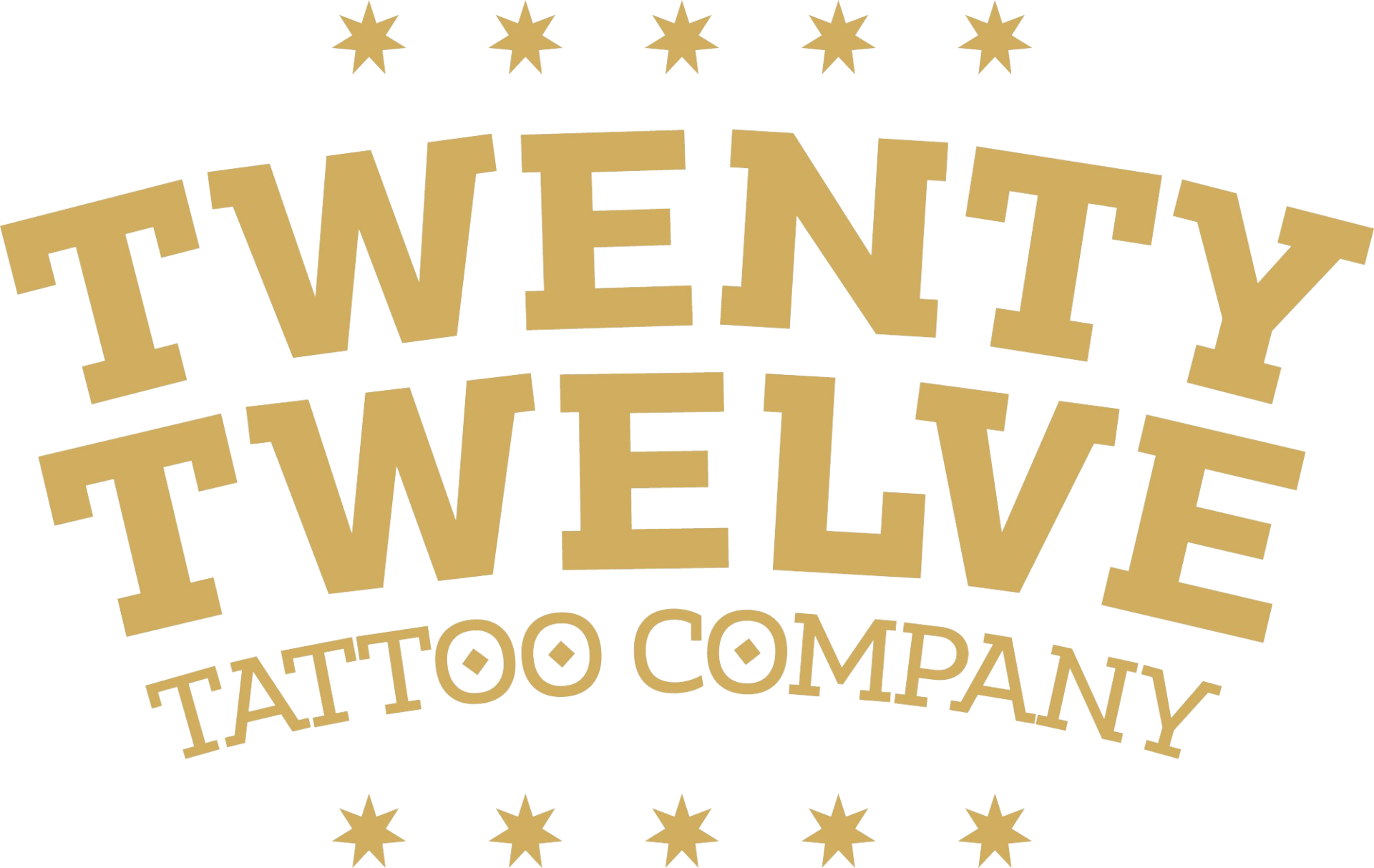A Bold Era of Ink
Tattooing in the 1950s: A Bold Era of Ink
The 1950s marked a dynamic period for tattooing, characterized by a fusion of tradition, innovation, and cultural evolution. As post-war America found its footing, tattooing emerged from the shadows, stepping into the limelight as a symbol of rebellion and individuality.
Traditional Tattoos Reign Supreme:
In the 1950s, traditional tattooing reigned supreme, with iconic designs like anchors, pin-up girls, and swallows dominating the scene. Artists like Sailor Jerry and Bert Grimm perfected these bold, timeless motifs, infusing them with the spirit of adventure and patriotism that defined the era.
The Post-War Tattoo Renaissance:
Returning servicemen brought tattoo culture back to America, where it flourished in the post-war landscape. Military tattoos became badges of honour, with ink serving as a tangible reminder of shared experiences and camaraderie among veterans. Tattoo parlours, once relegated to the fringes, began to gain mainstream acceptance, with artists like Lyle Tuttle leading the charge in cities like San Francisco.
Technological Advances:
The 1950s saw significant advancements in tattooing technology, most notably the leap forward with electric tattoo machine design. These machines revolutionized the industry, allowing artists to work with greater precision and efficiency. As a result, intricate designs and vibrant colours became increasingly popular, pushing the boundaries of traditional tattooing.
Cultural Influences and Iconic Figures:
Tattoo culture became intertwined with various subcultures of the era, from rebellious bikers to rock 'n' roll icons. Meanwhile, artists like Norman “Sailor Jerry” Collins pushed the envelope with their avant-garde designs, paving the way for the tattoo renaissance of the 1960s and beyond.
Challenges and Controversies:
Despite its growing popularity, tattooing still faced challenges and controversies in the 1950s. Social stigma persisted, and legal restrictions on tattooing remained in place in certain areas. However, the resilience of the tattoo community and the passion of its artists ensured that the art form continued to thrive, even in the face of adversity.
Legacy and Influence:
The 1950s laid the groundwork for the vibrant tattoo culture we know today, leaving behind a legacy of creativity, innovation, and artistic expression. The iconic designs and influential figures of this era continue to inspire tattoo artists and enthusiasts worldwide, reminding us of the enduring power of ink to tell stories and transcend boundaries.
As we reflect on tattooing in the 1950s, we're reminded of a time when ink was more than just body art – it was a symbol of rebellion, camaraderie, and the indomitable spirit of the human soul. And though the world may have changed since then, the legacy of the 1950s tattoo renaissance lives on, a testament to the enduring allure and cultural significance of this ancient art form.




